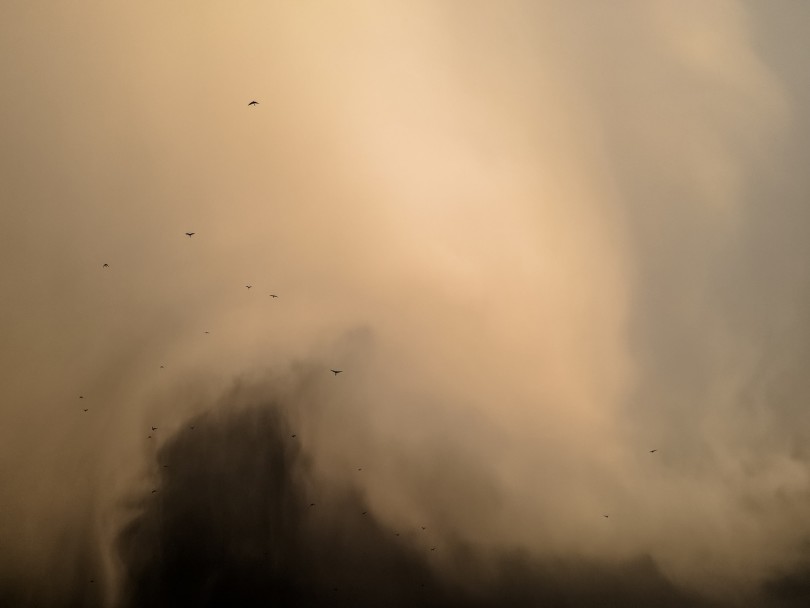Why Is the Gulf Attracting Climate Tech Businesses?
28 Jun 24
Enviro ChatThe Global News Source for the World of Science and Chemicals
06 February 2023
Enviro Chat
An international study co-authored by scientists from Khalifa University in Abu Dhabi has concluded that dust storms are becoming more common and more intense due to manmade climate change. The primary driver of such weather phenomenon is an increased incidence of airborne “rivers” of water vapour, which cause significant downdrafts and whip up dust.
These water vapour rivers are found with increasing regularity in the atmosphere over Africa, contributing to the sandstorm problems experienced in the UAE and the wider Gulf region. However, they are not the only factor at play, with longer and more frequent periods of drought, higher ambient temperatures and reduced ice cover in the Arctic Circle all contributing, as well.
Water naturally evaporates from oceans, lakes and streams into the air, but a warming atmosphere has a greater capacity to retain moisture. As such, more water vapour can be transported over greater distances in the sky, contributing to larger cloud forms. As a natural part of their lifecycle, these clouds generate cold outflows, which manifest themselves in the shape of strong downdrafts of wind.
When this occurs over arid parts of the globe such as those commonly found in the Middle East, the result can be a catastrophic dust storm. The Emirati authorities put out weather warnings over the conditions on several occasions last year, with other countries such as Iraq, Kuwait, Saudi Arabia, Syria and even northern China suffering their own problems.
The atmospheric rivers of water vapour might be the biggest reason why dust storms are on the rise, but they aren’t the only one. 2022 saw alarmingly frequent and extended periods of drought, which served to dry up river basins and lakes. The particles of dust found at the surface of these former watercourses are not at all compacted, meaning they can be rapidly unsettled and evaporate into the air.
The droughts themselves are a symptom of manmade climate change, as is global warming in general. What’s more, the same lead author on this recent paper – Dr Diana Francis, head of Environmental and Geophysical Sciences Laboratory at Khalifa University – worked on research which showed a correlation between a major dust storm and lower levels of ice at the North Pole.
The latest study was a joint effort between Khalifa University, Paris-East Creteil University and Paris Cité University in France and the University of Valparaiso in Chile. Its findings are important because the first stage in overcoming any issue is understanding why it occurs, and their research can certainly help to shine some light on that particular question.
It should assist in developing more accurate forecasts for these types of weather events, which can allow the authorities to issue warnings for Emirati residents to stay indoors and avoid exposure to the harsh conditions. It could also put solar power plants on alert to prepare cleaning protocols, so that downtime is minimised and energy security is not compromised.
DOWNLOAD PDF

2 Day Seminar Program
@ ArabLab+ 2024
24 & 25 September 2024
Your stay in Dubai
Labkit
Product News
Chemkit
Product News
Thinking about exhibiting at ARABLAB 2024? Watch our video to find out more.
Join the world’s leading organisations…
Join our mailing list and receive the ARABLAB newsletter and event updates.